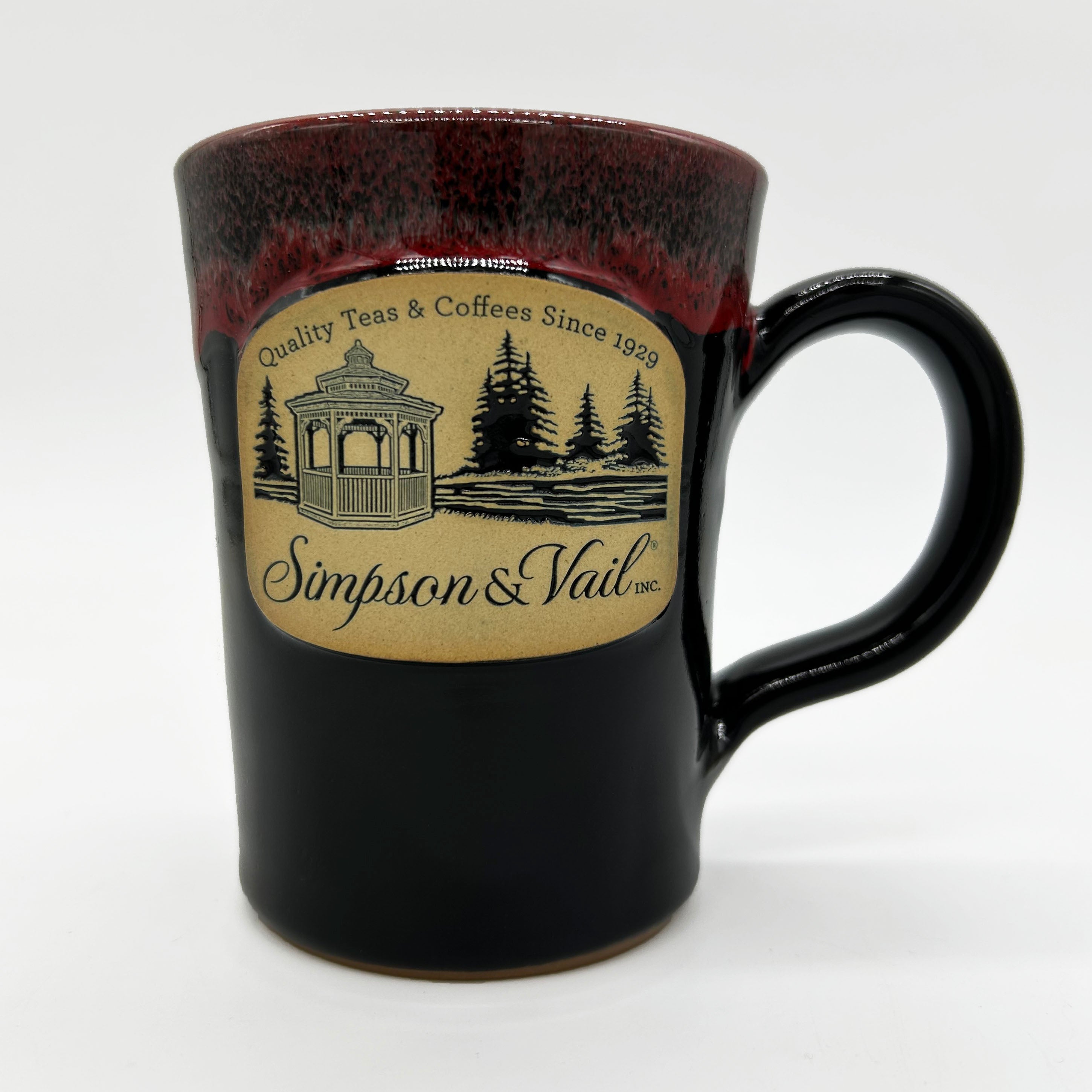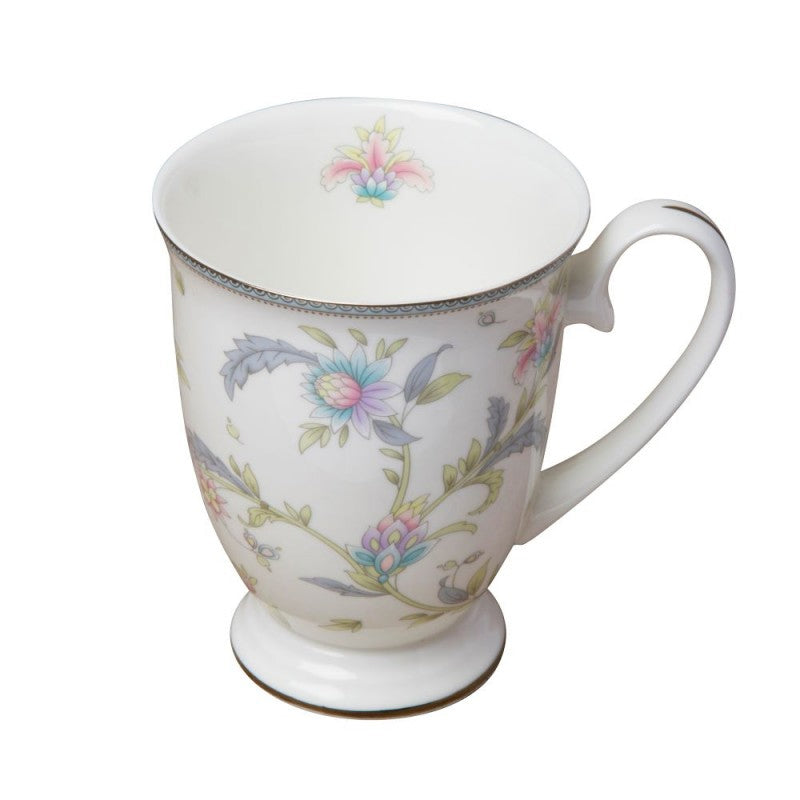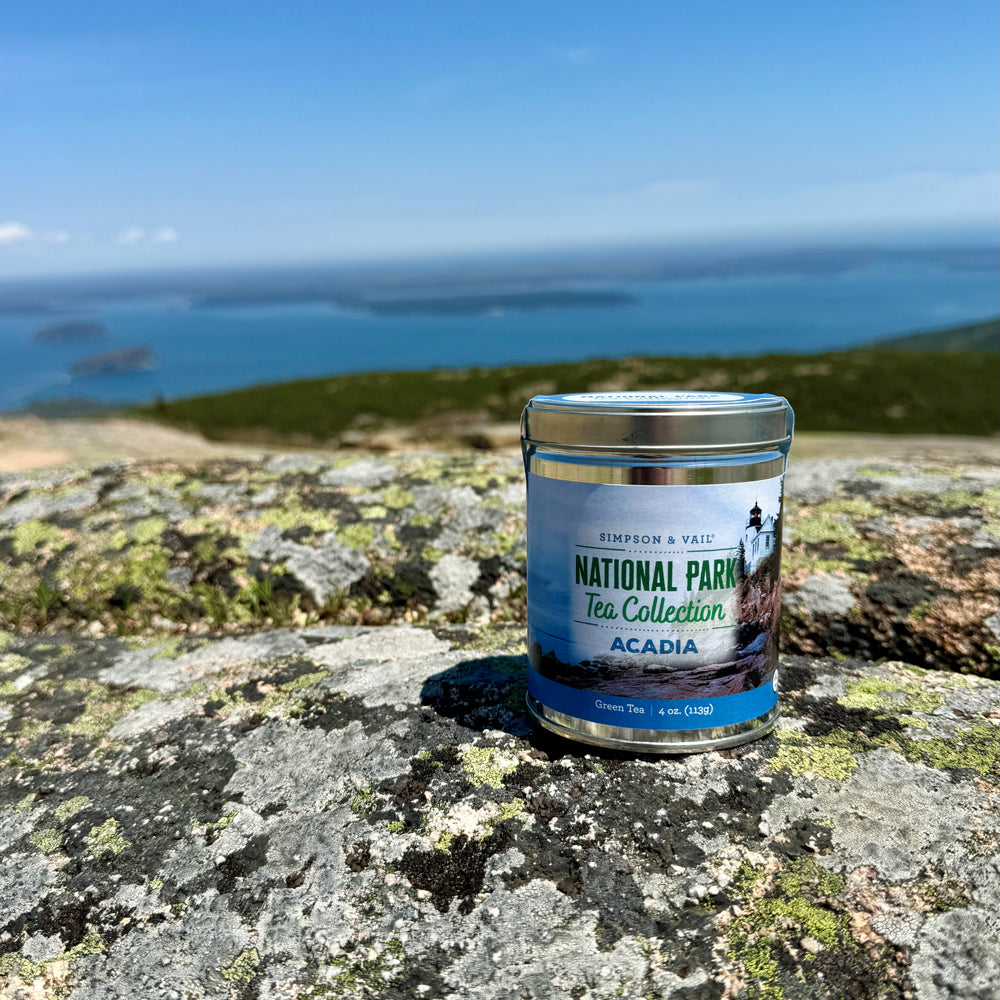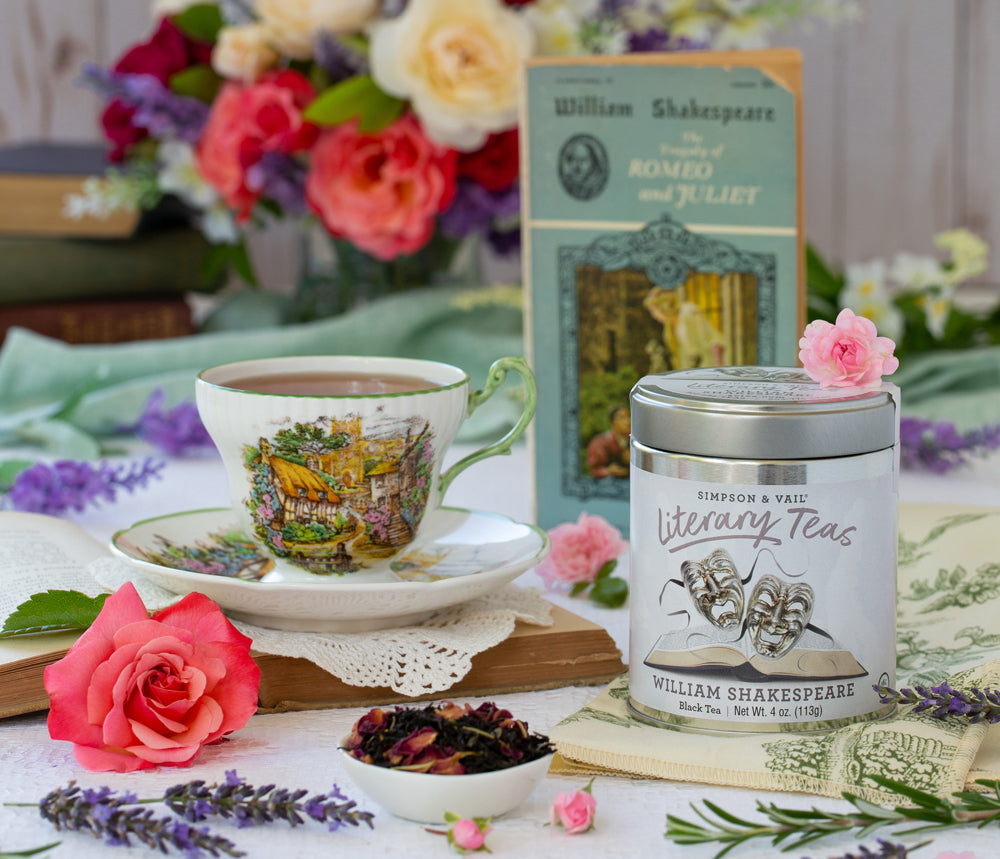Tea Processing
The following information is a quick overview of the intricate process that creates high quality teas.
Tea plantings begin from propagation (cutting or transplanted root branches) and clonal leaf cuttings. The new plants are raised in a nursery and are transplanted when they reach an average height of 6-8 inches, which takes roughly 6 months. These new tea bushes remain untouched for 2 years and obtain a height of 5-6 feet. At that time they are sheared down to a foot and pruned weekly to keep them at waist height (perfect for picking). These new bushes will not produce a commercial yield for 3-5 years depending on the growing conditions.

Once the bushes have reached maturity tea processing begins. The process of creating teas depends exclusively on the type of tea desired. Black teas undergo a very different form of processing than other teas, such as white teas. In general the processing involves: Plucking – Sorting – Cleaning – Processing (individual to the tea type) – Firing or Drying
Plucking
Quality teas are usually hand-picked and placed in baskets that the pickers either carry in their hands or carry on their backs. A notable exception to this is Japanese teas, which are picked using machinery. When the teas are placed in the baskets, the tea is kept loose and light, not compacted since this would ruin the leaf.

Sorting & Cleaning
Once the fresh picked leaves arrive at the processing facility they are sorted and cleaned of any debris, such as twigs, stones, etc. This is crucial when processing high quality teas which are valued for their uniformity in leaf.

And here is where the processing varies depending on the tea being produced.
Black Teas:
Withering
Rolling
Roll-Breaking
Oxidation
Drying or Firing
Oolong Teas:
Green Teas:
White Teas:
Other types of teas that require mentioning here are:
Pu-erh Tea
Pu-erh is a black tea that is fermented. Two styles of pu-erh are available: cakes or bricks and loose leaf tea and are comprised of either oxidized or un-oxidized leaves.
Scented Teas:
Jasmine Teas
Jasmine teas are created using different types of tea: white, oolong and green predominantly. The base teas used are picked, depending on the type of tea, from March to June, but the Jasmine blossoms do not bloom until the summer. So the teas are picked, processed and stored until the fresh blossoms can be added. The blossoms are picked in the morning when the dew has dried off the closed buds. The buds are then kept cool during the day and then in the evening, when the buds begin to open, they are mixed into the tea. After at least 4 hours, when the tea has absorbed the jasmine scent, the blossoms are removed and fresh buds are added. For standard grade jasmine teas, the blossoms are added 2 or 3 times. For premium grade jasmine teas, this process may be repeated up to 8 times. Once the blenders are satisfied that the tea has the appropriate amount of aroma, the tea is re-fired to remove the moisture that was introduced to the tea by the fresh jasmine blossoms. Jasmine tea destined to remain in China usually has the spent blossoms removed from the finished product, but with teas that are exported, jasmine blossoms are sometimes left in the finished tea for their appearance.
Rose & Other Flowered Teas
As with Jasmine teas, these flower teas are made using different types of tea: black, green, oolong and white. Fresh or dried flowers are added to the teas and blended to produce teas with the heady aroma of the flowers as well as to create beautiful looking teas.
Flavored Teas
Flavored teas are created using any style of tea. Methods may differ, but generally, flavored teas are created by adding a defined amount of flavorings (either natural, artificial, or a blend of both) to the leaf and blending. At this point fruits, flowers and spices may be added to aid the taste and appearance of the blend. While there are many popular flavored teas (Black Currant, Orange, Vanilla… ) by far the most popular flavored tea is Earl Grey, which is flavored with bergamot oil.
Lychee & Other Fruit Teas
These teas have fruits added to different tea bases, but do not contain any flavorings. Fruits can include lychee, berries, mango, papaya, and citrus peels (orange, lemon, grapefruit).
Smoked Teas
Lapsang Souchong tea is an acquired taste and not for everyone. Large, souchong, tea leaves are processed as described above (black teas) then are taken to smoking sheds where they are laid out on mats and infused with indirect smoke before being re-dried.
Presentation (Flowering) Teas
Flowering teas are comprised of tea leaves that are artfully hand bundled, often with flower blossoms inside them, and hand tied with silk thread. When these tea “bundles” are added to hot water they will open (bloom) into gorgeous flowers. These teas are delicious to drink and beautiful to behold, so always brew them in a glass teapot.

Common Leaf & Grade Descriptions:
Flush
Flush refers to the tea that is picked at particular times, so the first picking of the tea bush is referred to as a First Flush Tea. There are also Second Flush teas, Rain Flush, Autumnal Flush, Winter Flush …
SFTGFOP (Special Finest Tippy Golden Flowery Orange Pekoe)
A small leafed and highly prized tea.
FTGFOP (Finest Tippy Golden Flowery Orange Pekoe)
This grade represents some of the most precious tea in the world and is the result of high quality production methods. The tips on these leaves comprise as much as a fourth of a whole leaf.
TGFOP (Tippy Golden Flowery Orange Pekoe)
GFOP (Golden Flowery Orange Pekoe)
FOP (Flowery Orange Pekoe)
OP (Orange Pekoe)
Long thin wiry leaves which sometimes contain yellow tip or leaf buds. The liquors are light and pale in color. This is not a kind of tea, but merely a term used to describe a certain size of tealeaf.
Pekoe
The leaves of this grade are shorter and not as wiry as an orange pekoe. In Europe, this type of leaf is often referred to as curly.
Bop (Broken Orange Pekoe)
The smallest of the leaf grades. The liquor usually has good color with strength in the cup and is very useful in many blends.
Fanning
Much smaller than a BOP. Its main characteristics are quick brewing with good color in the cup. For use in tea bags only.
Dust
Is the smallest grade produced. Very useful for quick brewing a cup of tea. Dusts are manufactured in all qualities.








Leave a comment